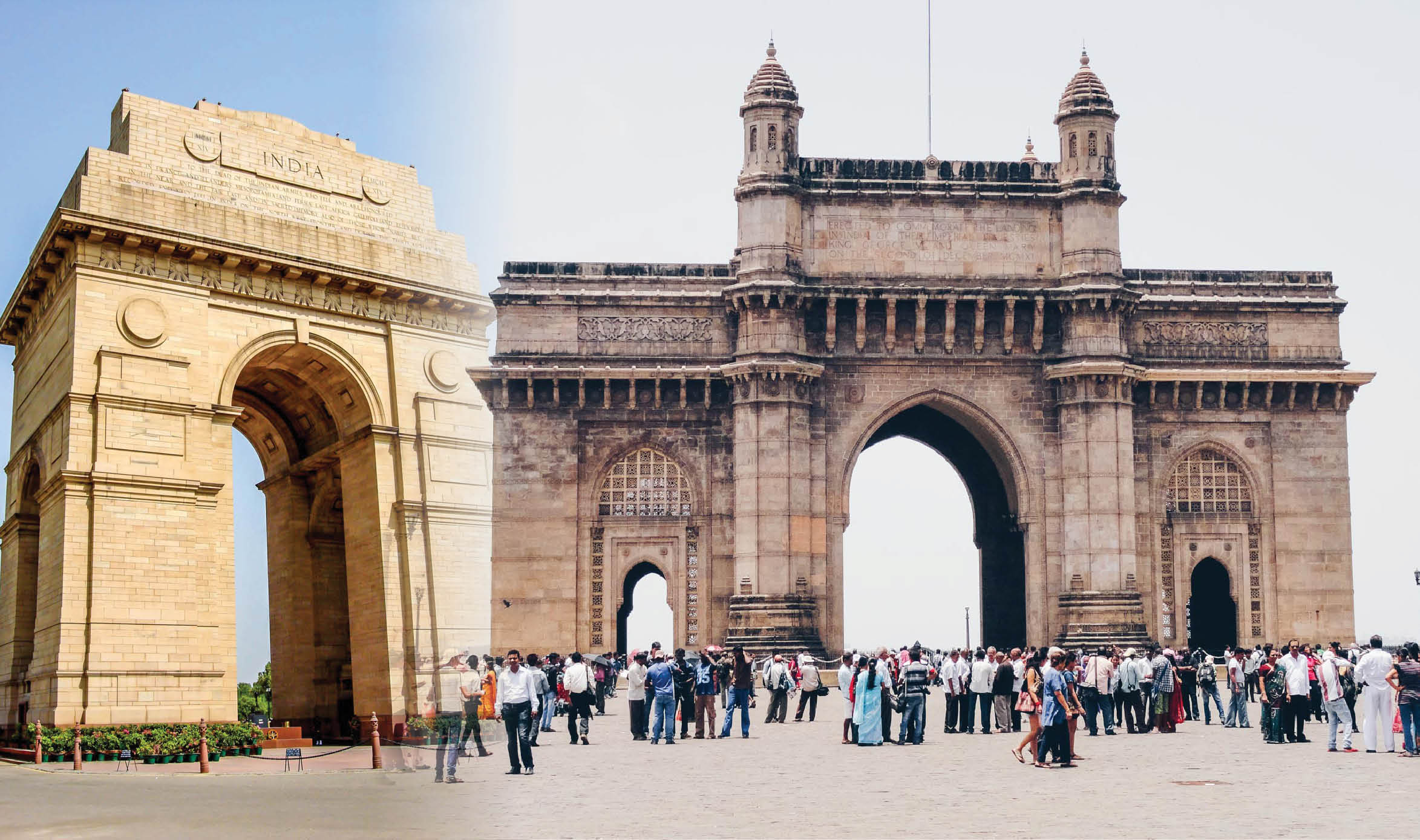New Delhi: As the country goes through a 21-day lockdown to fight the deadly coronavirus, consumption of power and fuel, along with pollution levels, has seen a steep fall in two of India’s most important cities, national capital Delhi and financial capital Mumbai.
POWER CONSUMPTION
A comparative study of daily power consumption from Delhi and Mumbai at this time of the year shows that the power demand for both these metropolitan cities has almost halved this year since the nationwide lockdown was put in place on 25 March.
The State Load Despatch Centre (SLDC) data shows that the daily average power consumption in Delhi, which remains at around 2,500 megawatts (MW) during this time of the year, has come down to around 1,800 MW of daily power demand in the national capital between 25 March and 4 April.
The daily peak load demand (highest demand in the day) for power has also come down substantially in Delhi. On an average, the daily peak demand, which remains around 4,000 MW at this time of the year, has seen a sharp drop this year, with Delhi registering a peak demand for power at just 2,000 MW daily.
Power consumption data from Delhi also shows that the average daily power consumption in Delhi remained at more than 2,500 MW,which is considered normal for this time of the year, before the lockdown was implemented on 25 March.
The SLDC data of daily power consumption for Mumbai also shows a sharp drop by over 50% since the country has been put under lockdown. Typically at this period of time the power demand and consumption in Mumbai remains around 2,800 MW to 3,000 MW, but this year during the same period between 25 March and 31 March, the power demand and consumption in Mumbai remained between 1,700 MW and 1,800 MW per day.
SLDC officials say that this drastic drop in daily power demand and consumption from both these mega cities is because of the lockdown as most commercial establishments and factories have been shut. Factories and commercial establishments consume almost half the power demands of these mega cities.
FUEL CONSUMPTION
With more than 80% of vehicular movement being stopped across the country due to the nationwide lockdown, a sharp drop in fuel consumption is being witnessed not only in Delhi and Mumbai, but from all across the country.
In a media interaction late last month, the Chairman and Managing Director of Hindustan Petroleum Corporation Ltd, M.K. Surana said that there was about a 45% dip in petrol sales, while a 40% drop was being witnessed in diesel sales.
He further said that the sale of petrol and diesel would dip further because of the lockdown. “The exact figure on how much dip in sales happened would be collated once we have the figures from all the lockdown days,” Surana said.
Several petrol pumps in Delhi and Mumbai have reported a sharp drop in sales.
A petrol pump manager in Central Delhi told The Sunday Guardian, “There is hardly any customer. We are barely filling 100 odd cars in a day and that too these are vehicles carrying essential goods or doctors or people involved in essential services. We are not selling petrol even to customers who are coming to us and are not involved in essential services.”
Oil companies have reported around a 90% stoppage of Air Turbine Fuel (ATF) sales as all airlines have been grounded in India and only cargo or relief airlines are being allowed to fly in India. International flights were banned even earlier.
In India, petrol and diesel consumption is in the range of 8-9 million tonnes per month. February this year saw petrol and diesel consumption up to 9 million tonnes.
Industry insiders say that India’s petroleum import could see a drop marginally owing to the drop in demand. India had imported 207 million tonnes of crude oil in the last one year (April 2019-February 2020) costing an import bill of over Rs 673,00 crore, according to the Petroleum Planning and Analysis cell data.
AIR POLLUTION
With factories shut, airplanes grounded and vehicles off the road, one positive thing that has emerged during the lockdown is the clean air and a major drop in the pollution levels in Delhi and Mumbai.
Delhi, which was gasping for fresh air until January and February this year, has been witnessing clear blue skies and fresh air. The average Air Quality Index (AQI) in Delhi for the past one week has remained in the range of 50-60, which is almost 4 to 5 times lower than what it was just a couple of weeks back.
The average AQI level in Delhi for February had been more than 200-250, which is hazardous, while in January and December, the AQI was between 250 and 300, which is dangerous.
While comparing the current AQI levels in Delhi with that of last year during the same period, it is seen that during March 2019 to the first week April 2019, the AQI levels in Delhi were almost four times higher than what they are currently.
Even Mumbai is witnessing clear blue skies and fresh air. The average AQI levels in Mumbai for the last one week remained at just 27-35, while in January and February this year, Mumbai had experienced an AQI level of around 130-150, while industrial areas and outskirts of Mumbai witnessed an average AQI level of 250.

